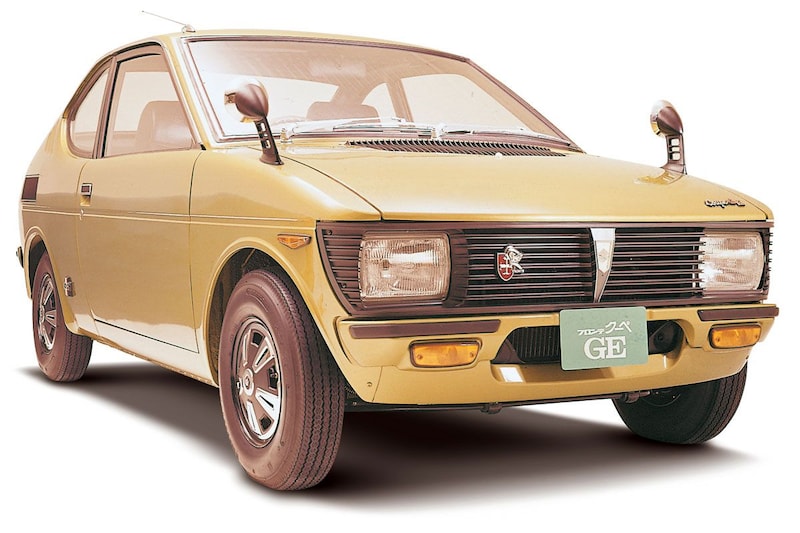
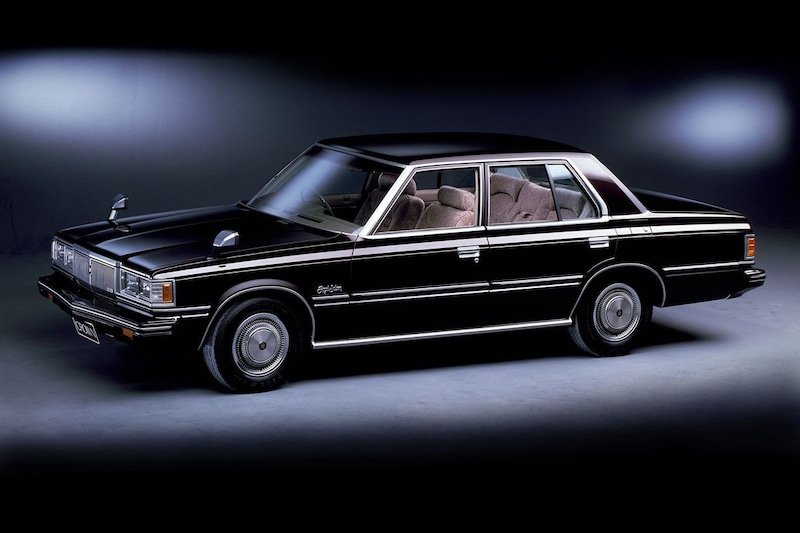
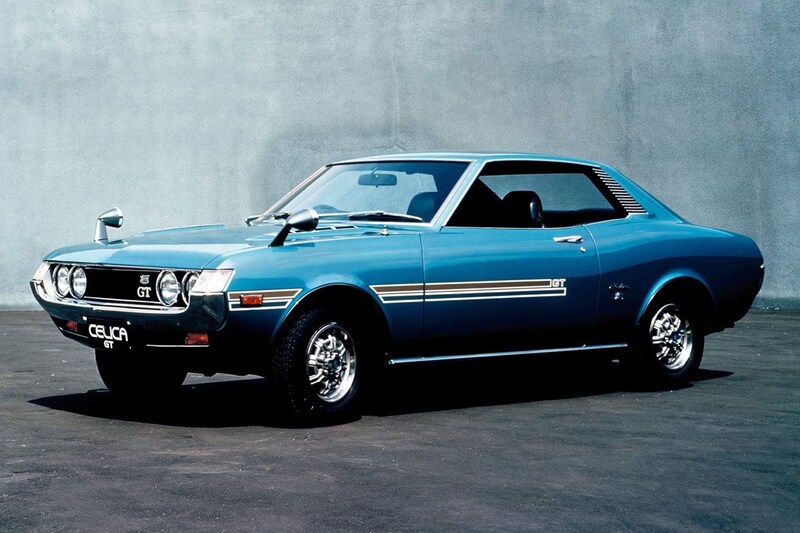

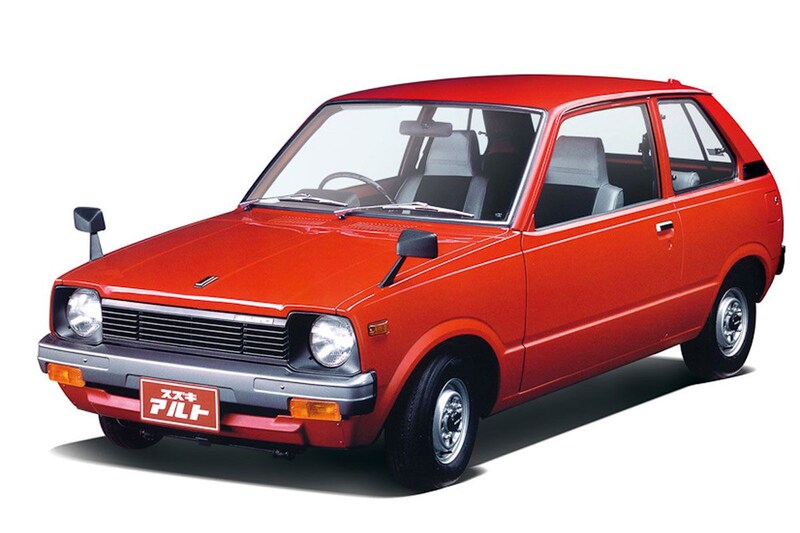

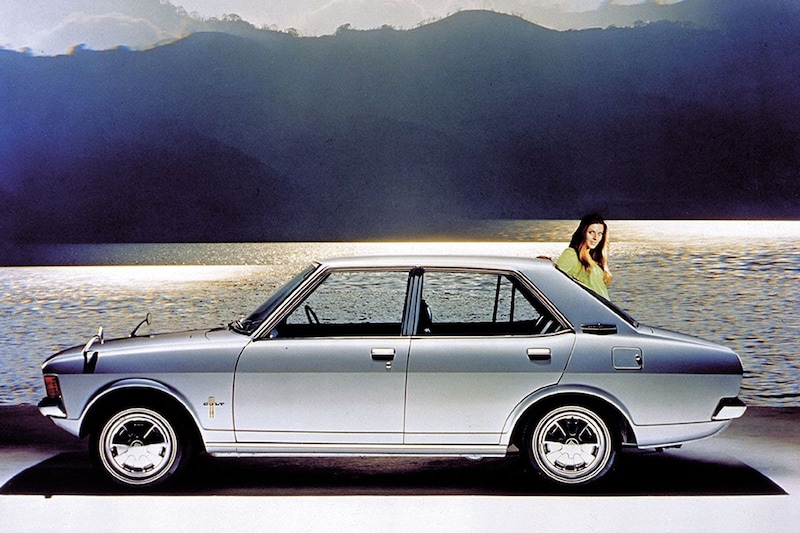




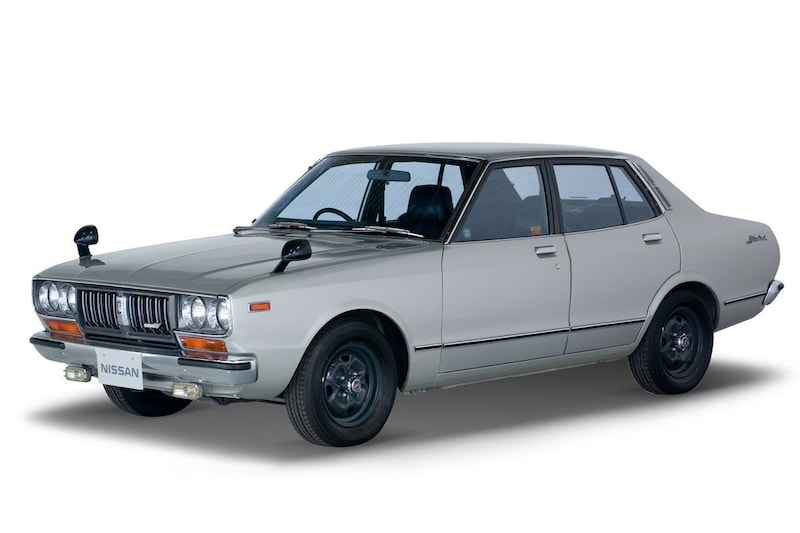

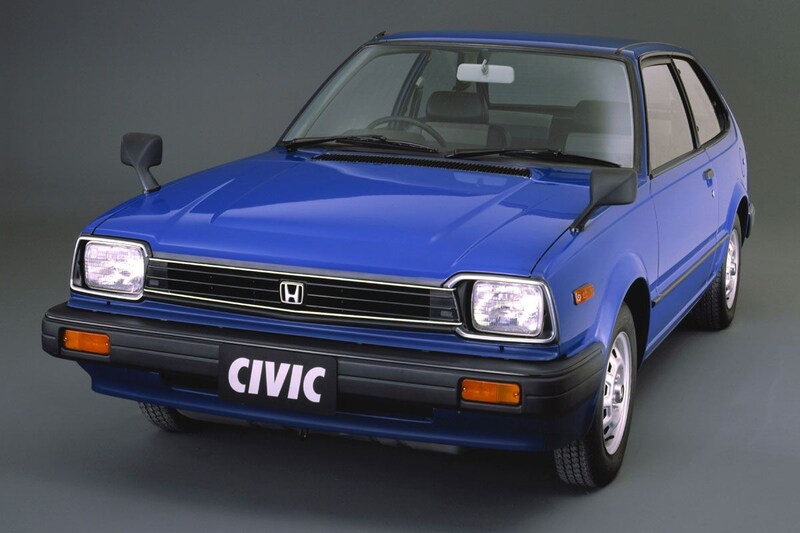



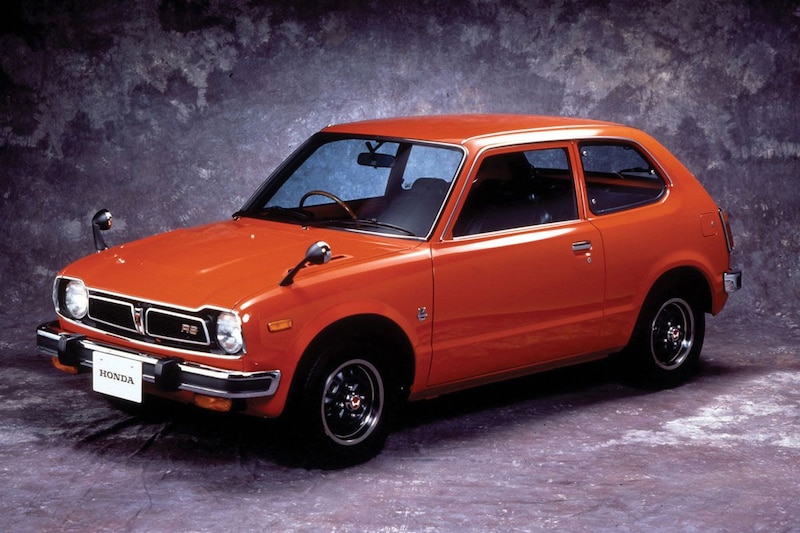


A lot is changing in the car world, but exterior mirrors were not covered until recently. For many decades, every car has had a mirror on the door on at least the driver’s side. Any car? No, this was also done slightly differently in Japan.
Only since 2018 has there been a major revolution in the exterior mirror area, when Lexus and Audi presented the first models in which the traditional mirror is replaced by a camera. This list also includes the previously presented, but very exclusive Volkswagen XL1, just like the recent Honda E. Apart from these exceptions, every car still has exterior mirrors in the front corner of the side window, from the simplest Aygo to the Rolls-Royce Phantom.
Anyone who looks at pictures of older Japanese cars (we like to do it personally) will notice that these cars often have mirrors that are not on the door, but at the very front of the front screens. With pre-war vehicles, this was still common elsewhere in the world, but in Japan it was maintained until the 1980s (exceptions even later).
For this mirror shape, there are quite a few advantages that can be imagined from the bare head. For example, it seems that the mirrors are more in direct view in this way. So the eyes hardly have to be removed from the road to use the mirrors. However, drawbacks are also obvious. Adjusting such a mirror in the era before the electric mirror adjustment seems a difficult story and then there is the question of appearance. Although the mirrors placed far forward look back (yes) quite a fun and endearing design feature, it cannot be denied that the striking bulges in much more modern cars disturb the lines.
However, we don’t know everything, so for a more scientific approach to the ‘fender mirror’ we turn to Japantimes.co.uk. In an article from 2013, one Alice Gordenker elaborates on the phenomenon.
As it turns out, the wing mirrors, as the British call them, were simply mandatory in Japan until 1983. In that year, the legislation was finally relaxed and the regular exterior mirror known here became legal. Particularly because of the visual advantages, that “foreign” mirror quickly became the standard. Witness the many left-hand drive European cars on Japanese roads, the Japanese do like a foreign-looking car and the choice of mirror fits perfectly in that picture.
However, there was one exception: taxis. Until recently, the taxi market in Japan was dominated by very traditional sedans such as the Toyota (Crown) Comfort, and it was precisely those sedans developed especially for the taxi market that retained the stubborn exterior mirrors. Among other things, this results in a slightly narrower car, which is undoubtedly very handy in the narrow streets of Tokyo. The main reason, however, is very Japanese: due to the mirrors placed far forward, the driver does not have to turn his head to look behind him, so that passengers feel less viewed.